Mixing Vessels Useful Clues for the Mixing Beginners Mixing Course
- HOME
- Products & Solutions
- Mixing vessels
- Mixing Course
The more you learn the mixing, the more mysteries you find.
Sumitomo Heavy Industries Process Equipment, mixing specialist, will provide clear explanations on the basics of mixing techniques and how to select mixing devices.
-

Course 1 Basics of basics: Three points to understand mixing
We will introduce three points as the first step of selecting an optimum mixing equipment.
-
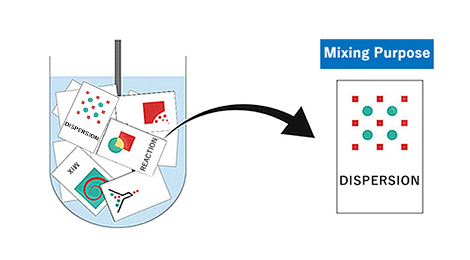
Course 2 Examples of the purposes of mixing
By understanding the importance of setting a goal, you will be able to find new points for improvement.
-
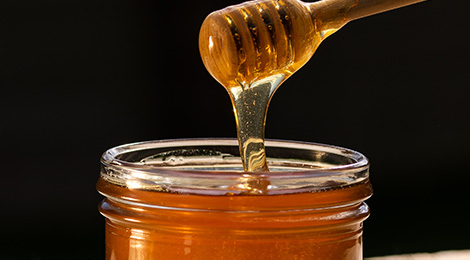
Course 3 Viscosity is the unit of stickiness
To understand the things to be mixed, we will explain the most important factor for it: viscosity.
-
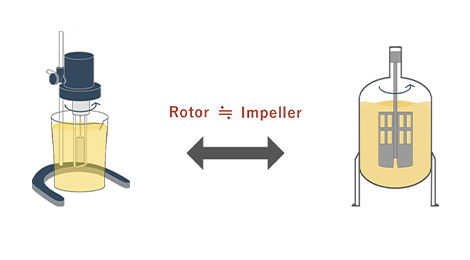
Course 4 Consider a mixing vessel as a huge viscometer
We will explain how to handle such a troublesome viscosity a little more specifically.
-

Course 5 Can you see the flow from power change? (Part 1)
Let us assume a production site in a chemical plant and give an explanation so that you understand the key points more practically.
-
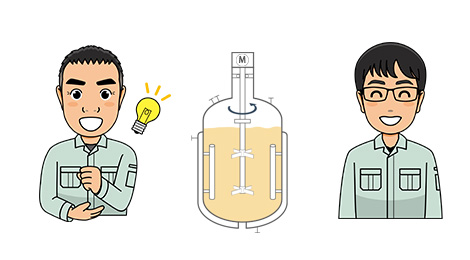
Course 6 Can you see the flow from power change? (Part 2)
Let's start with knowing the “Three Principles of Mixing”, which are rules of flow during mixing.
-

Course 7 Learn the essence of the mixing Reynolds number
This time, take it easy and let us talk about what the mixing Reynolds number is, in the first place.
-

Course 8 Basics of basics of scaling up
To begin with, we will explain the basics of basics of scaling up so that you can have a clear image of what scaling up is.
-

Course 9 Basics of scaling up
Let us talk about the key points of scaling up in the practical level.
-

Course 10 What is heat transfer performance in a mixing vessel?
Actually, heat transfer performance in mixing vessels have many aspects that cannot be explained only by heat transfer area.
We will discuss: "What is the heat transfer performance in mixing vessels?" -
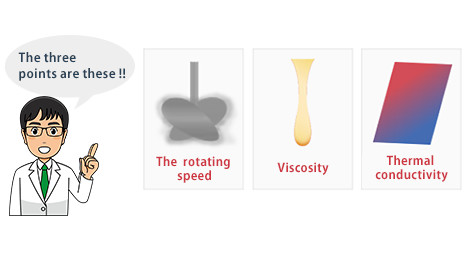
Course 11 What is film heat transfer coefficient , hi?
We will discuss one of the factor in U values, the film heat transfer coefficient (inside of mixing vessel), hi, which is significantly affected by the mixing method and liquids to be mixed.
-

Course 12 Mixing course review
This is the summary of the 11 sessions of the beginners' mixing course.
-

Course 1 Immediately determine the basic specifications of the mixing vessel using three pieces of information: operating liquid volume, viscosity and density.
We will talk about the thinking steps when determining the basic specification of mixing vessels.
-
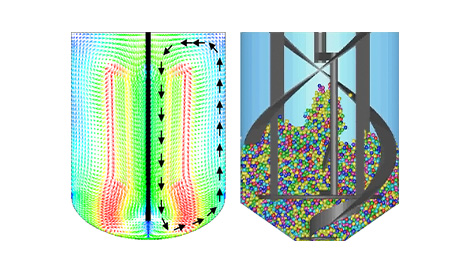
Course 2 Find a plan to improve the productivity of the mixing tank on the existing production line! (Part 1)
We will talk about the basics of simulation in a mixing tank and how to use it correctly.











